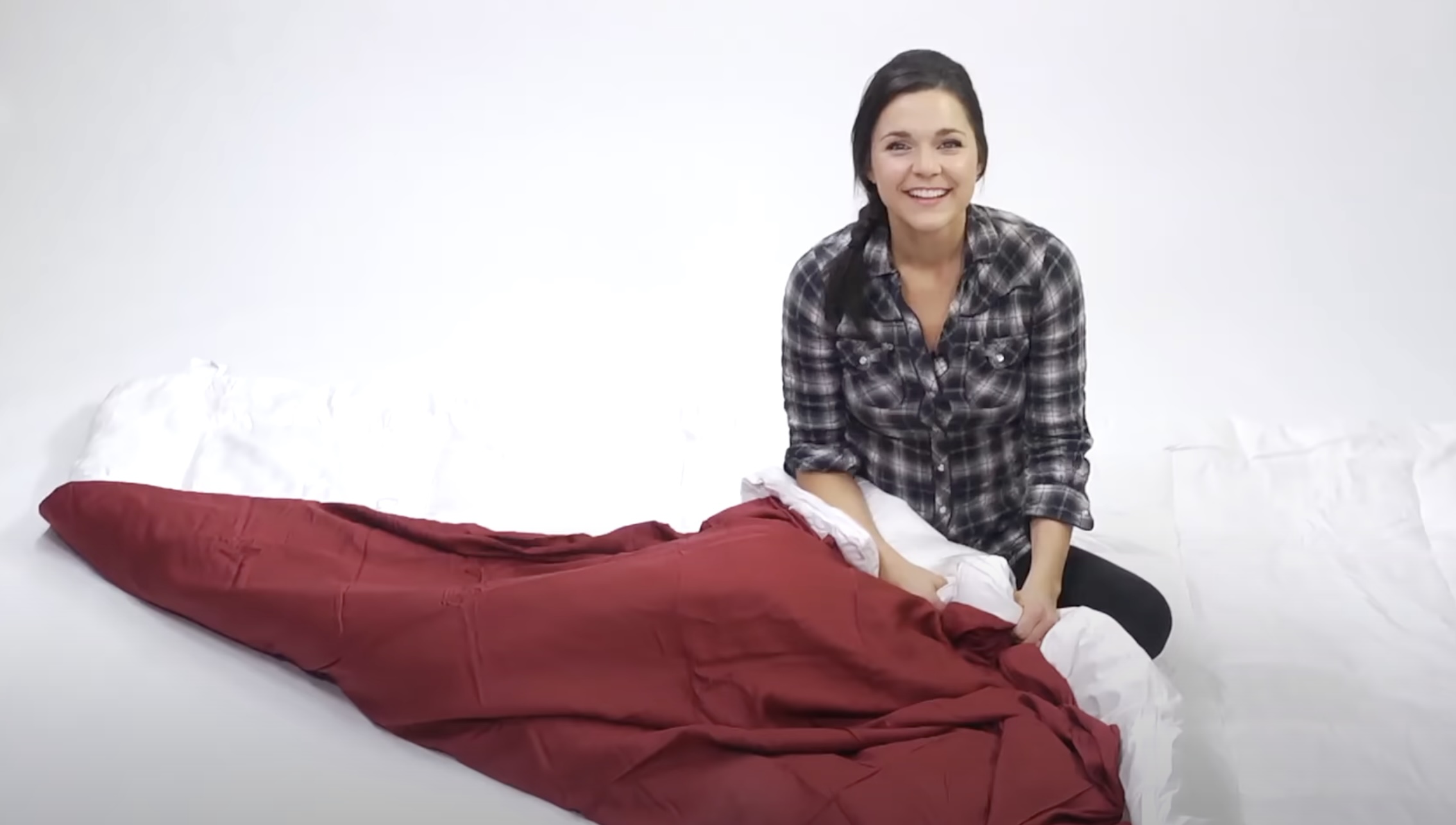

Articles
What To Put Inside A Duvet Cover
Modified: October 21, 2024
Discover the essential articles to put inside a duvet cover and ensure the perfect bedding arrangement. Create a cozy and stylish bedroom with these tips and suggestions.
(Many of the links in this article redirect to a specific reviewed product. Your purchase of these products through affiliate links helps to generate commission for Storables.com, at no extra cost. Learn more)
Introduction
In the world of bedding and bedroom decor, the duvet cover plays a crucial role. Not only does it protect your duvet insert from dirt and wear, but it also adds style and personality to your sleeping sanctuary. When it comes to duvet covers, what you put inside matters just as much as the cover itself.
In this article, we will explore the essentials of what to put inside a duvet cover. From understanding the purpose of a duvet cover to choosing the right filling and materials, we’ll guide you through the process of creating a cozy and comfortable bed. So, let’s dive in and discover the secrets of a well-filled duvet cover!
Key Takeaways:
- Protect and Personalize: A well-filled duvet cover not only safeguards your duvet insert but also adds style and personality to your bedroom, creating a cozy and visually appealing sleeping sanctuary.
- Material Matters: Choosing the right filling and fabric for your duvet cover is crucial for comfort and maintenance. Consider factors such as warmth, breathability, and ease of care to enhance your sleeping experience.
Read more: What Are The Ties Inside A Duvet Cover For
Purpose of a Duvet Cover
Before we delve into what to put inside a duvet cover, it’s important to understand the purpose of this essential bedding accessory. A duvet cover serves as a protective layer for your duvet insert, which is the fluffy blanket-like component that provides warmth and comfort.
One of the primary functions of a duvet cover is to keep your duvet insert clean and protected from spills, stains, and general wear and tear. By acting as a barrier, the cover prevents direct contact between your body and the duvet insert, preserving its longevity.
Additionally, duvet covers offer a decorative element to your bedroom decor. They come in a wide range of colors, patterns, and styles, allowing you to personalize your space and create a cohesive design aesthetic. With the ability to change the cover easily, you can update the look of your bedding to match your evolving tastes or the changing seasons.
Another advantage of using a duvet cover is the convenience it offers in terms of maintenance. Unlike traditional comforters, which can be challenging to clean, duvet covers are typically removable and machine washable. This makes it easier to keep your bed clean and fresh, promoting a healthier sleeping environment.
Overall, the purpose of a duvet cover is twofold: protection and style. It safeguards your duvet insert while allowing you to express your personal taste through the choice of color, pattern, and design.
Choosing the Right Duvet Cover
When it comes to choosing a duvet cover, there are several factors to consider to ensure you find the perfect fit for your bed and style preferences. Here are some key points to keep in mind:
- Size: Start by determining the correct size of the duvet cover you need. Measure the dimensions of your duvet insert and select a cover that matches those measurements. It’s important to choose a cover that is slightly larger than the duvet insert to allow for proper coverage and a snug fit.
- Style and Design: Consider your bedroom’s overall decor style and choose a duvet cover that complements it. Whether you prefer a contemporary, bohemian, or traditional look, there’s a vast array of patterns, colors, and textures available to suit your taste.
- Fabric: Pay attention to the fabric of the duvet cover as it affects both the aesthetics and comfort. Common options include cotton, linen, silk, and microfiber. Cotton is breathable and easy to care for, while linen offers a relaxed, textured look. Silk provides a luxurious feel, and microfiber is a budget-friendly option.
- Closure: Consider the closure type of the duvet cover. The most common options are buttons, snaps, ties, or zippers. Choose one that is convenient for you and ensures the duvet insert stays securely inside the cover.
- Maintenance: Look for a duvet cover that is easy to clean and maintain. Machine-washable options are ideal, as they simplify the cleaning process and keep your bedding fresh with minimal effort.
Remember, the right duvet cover should not only protect your duvet insert but also enhance the overall aesthetic of your bedroom. Take your time to explore different options and consider the factors that matter most to you.
Types of Fillings for Duvet Covers
When it comes to filling a duvet cover, there are various options to choose from, each offering its own unique qualities. Let’s explore some of the most common types of fillings:
- Down: Down fillings are made from the soft, fluffy feathers found underneath the outer feathers of ducks and geese. They provide excellent insulation, lightness, and breathability, making them a popular choice for duvet inserts. Down-filled duvets are known for their warmth and luxurious feel.
- Feathers: Feather fillings are similar to down but contain a higher proportion of feathers. They offer a balance of softness and support, making them a suitable choice for those who prefer a medium-weight duvet.
- Synthetic: Synthetic fillings, such as polyester or microfiber, are an alternative to natural fillings. They are hypoallergenic, making them a great option for those with allergies. Synthetic duvet inserts are typically more affordable and easier to care for compared to natural fillings.
- Wool: Wool fillings provide excellent temperature regulation, keeping you warm in winter and cool in summer. They are naturally breathable, moisture-wicking, and resistant to dust mites and mold, making them a good choice for individuals with allergies or sensitivities.
- Bamboo: Bamboo fillings are made from the fibers of the bamboo plant. They offer natural hypoallergenic properties and are known for their moisture-wicking and antimicrobial qualities. Bamboo-filled duvets are lightweight, breathable, and environmentally friendly.
- Silk: Silk fillings are prized for their luxurious feel and natural temperature regulation. Silk duvet inserts are lightweight, hypoallergenic, and ideal for those who prefer a cool and silky-smooth bedding experience.
When selecting a filling for your duvet cover, consider your personal preferences, desired level of warmth, budget, and any allergies or sensitivities you may have. Each filling type has its own unique characteristics, so choose the one that best aligns with your needs and preferences.
When putting a duvet inside a duvet cover, start by turning the cover inside out and laying it flat on the bed. Then, lay the duvet on top and secure the corners before flipping the cover right side out. This will make the process much easier and quicker.
Recommended Duvet Cover Materials
When it comes to duvet cover materials, there are several options available, each with its own advantages and characteristics. Here are some of the most recommended materials for duvet covers:
- Cotton: Cotton is one of the most popular choices for duvet covers. It is breathable, soft, and durable, providing a comfortable and cozy sleeping experience. Cotton duvet covers are easy to care for and come in a wide range of styles and patterns to suit any decor.
- Linen: Linen is a natural fabric known for its breathability and textured look. Linen duvet covers offer a relaxed, casual vibe and a cool feel, making them ideal for warm climates or those who prefer a more laid-back aesthetic. They also become softer and more comfortable with each wash.
- Silk: Silk duvet covers are luxurious and incredibly smooth to the touch. They provide a lustrous sheen and a luxurious feel, making them a popular choice for an elegant and sophisticated bedroom. Silk is also naturally temperature-regulating, keeping you cool in the summer and warm in the winter.
- Bamboo: Bamboo-derived fabrics, such as bamboo rayon, are gaining popularity in the bedding market. Bamboo duvet covers are soft, silky, and hypoallergenic. They offer excellent moisture-wicking properties, making them ideal for those who tend to sleep hot or have sensitive skin.
- Microfiber: Microfiber duvet covers are made from synthetic fibers, offering a budget-friendly option. They are usually soft, lightweight, and wrinkle-resistant. Microfiber is easy to care for and resistant to stains, making it a convenient choice for busy individuals or households with pets and children.
When choosing a duvet cover material, consider factors such as comfort, breathability, durability, and ease of maintenance. Additionally, keep in mind your personal preferences, the climate of your region, and the overall aesthetic you want to achieve in your bedroom. With the right material, you can enjoy a restful sleep and a stylish bedroom.
Read more: What Goes Inside A Duvet
Steps to Fill a Duvet Cover Properly
Filling a duvet cover can seem like a daunting task, but with a systematic approach, it can be done easily and efficiently. Here are the steps to fill a duvet cover properly:
- Prepare the duvet cover: Lay the duvet cover on your bed or a clean, flat surface. Ensure that the opening of the duvet cover is facing upwards and easily accessible.
- Spread out the duvet insert: Take your duvet insert and spread it evenly over the duvet cover. Make sure the corners of the insert match the corners of the cover.
- Secure the corners: Reach inside the duvet cover and hold onto the top corners of the insert. Then, match them with the top corners of the cover and give them a firm shake to align them properly.
- Roll up the duvet: Starting from the foot of the bed, begin rolling up the duvet insert and cover together towards the opening of the duvet cover. Continue rolling until you reach the top.
- Secure the opening: Once the duvet is fully rolled up, reach inside the opening of the duvet cover and fasten the buttons, snaps, ties, or zipper to seal it shut. Ensure that all closures are securely fastened to prevent the duvet from slipping out.
- Unroll and adjust: With the duvet cover closed, unroll the duvet towards the foot of the bed. Use your hands to gently fluff and distribute the filling evenly inside the cover, ensuring there are no lumps or empty spaces.
- Smooth and adjust: Smooth out the duvet cover on top of your bed, adjusting it to fit properly. Tug on the corners and edges to ensure the duvet insert is fully extended and there are no wrinkles or uneven areas.
Following these steps will help you properly fill a duvet cover, ensuring that the duvet insert is securely enclosed and evenly distributed inside. Once filled, your duvet cover is ready to provide you with a comfortable and cozy sleep experience.
Tips for Maintaining a Duvet Cover
Proper maintenance of your duvet cover is essential to ensure its longevity and keep it looking fresh and clean. Here are some helpful tips to maintain your duvet cover:
- Wash it regularly: Regularly washing your duvet cover is crucial to remove dirt, oils, and allergens that accumulate over time. Follow the care instructions provided by the manufacturer and wash it on a gentle cycle with mild detergent.
- Use a duvet cover protector: Consider using a duvet cover protector to provide an extra layer of protection against spills, stains, and allergens. These protectors are waterproof and can be easily removed and washed, prolonging the life of your duvet cover.
- Rotate and fluff: To maintain an even distribution of filling, rotate and fluff your duvet cover regularly. This helps prevent the filling from shifting to one side and ensures consistent warmth and comfort.
- Avoid excessive heat: When drying your duvet cover, avoid high heat settings, as they can damage the fabric and affect its quality. Opt for a low to medium heat setting or air-dry it to preserve the fibers.
- Spot clean stains: Immediately attend to any stains or spills on your duvet cover by spot cleaning them. Use a mild detergent or stain remover and gently blot the affected area rather than rubbing, which can spread the stain.
- Protect from pets: If you have pets that enjoy snuggling on your bed, consider using a throw or additional blanket to protect your duvet cover from pet hair, claws, and accidents.
- Store it properly: When not in use, store your duvet cover in a breathable storage bag or airtight container to protect it from dust, dirt, and moisture. Avoid exposing it to direct sunlight, as this can lead to fabric discoloration.
By following these maintenance tips, you can extend the lifespan of your duvet cover and keep it in excellent condition. Remember to always refer to the care instructions provided by the manufacturer, as specific materials may require different care methods.
Conclusion
Choosing the right duvet cover and knowing what to put inside it is essential for creating a comfortable and visually pleasing bed. A well-filled duvet cover not only protects your duvet insert but also adds style and personality to your bedroom.
When selecting a duvet cover, consider factors such as size, style, fabric, closure, and maintenance. Cotton, linen, silk, bamboo, and microfiber are popular materials known for their comfort and durability. Each filling type, whether it’s down, feathers, synthetic fibers, wool, or silk, offers unique qualities to cater to different preferences.
Once you have chosen the perfect duvet cover and filling, it’s important to know how to properly fill and maintain it. Follow a systematic approach when filling the duvet cover, ensuring a secure fit and even distribution of the filling. Regularly washing the duvet cover, using protectors, rotating and fluffing, and spot cleaning stains are essential for its maintenance. Proper storage is also crucial when not in use.
With the right knowledge and care, your duvet cover will continue to provide you with comfort, style, and a cozy sleeping experience for years to come. So, take the time to find the perfect duvet cover, fill it with the right materials, and enjoy a rejuvenating sleep in a bed that reflects your personal style and preferences.
Frequently Asked Questions about What To Put Inside A Duvet Cover
Was this page helpful?
At Storables.com, we guarantee accurate and reliable information. Our content, validated by Expert Board Contributors, is crafted following stringent Editorial Policies. We're committed to providing you with well-researched, expert-backed insights for all your informational needs.
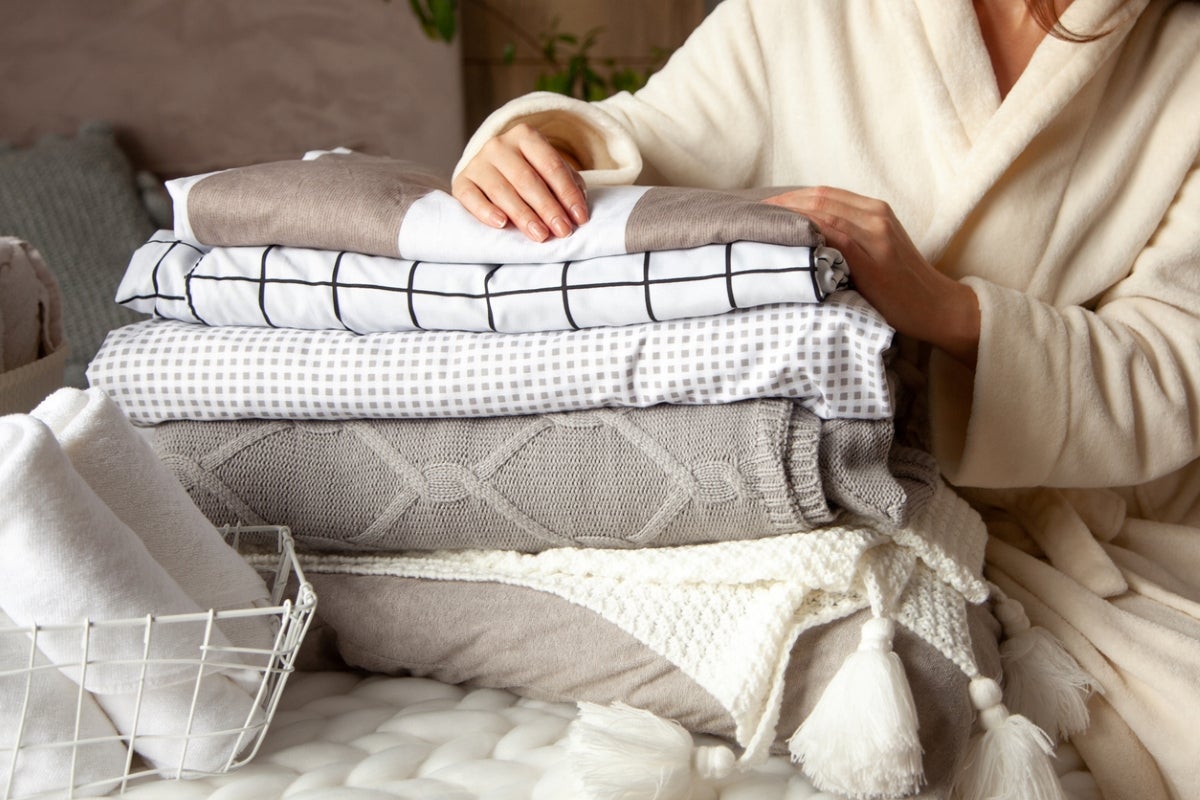
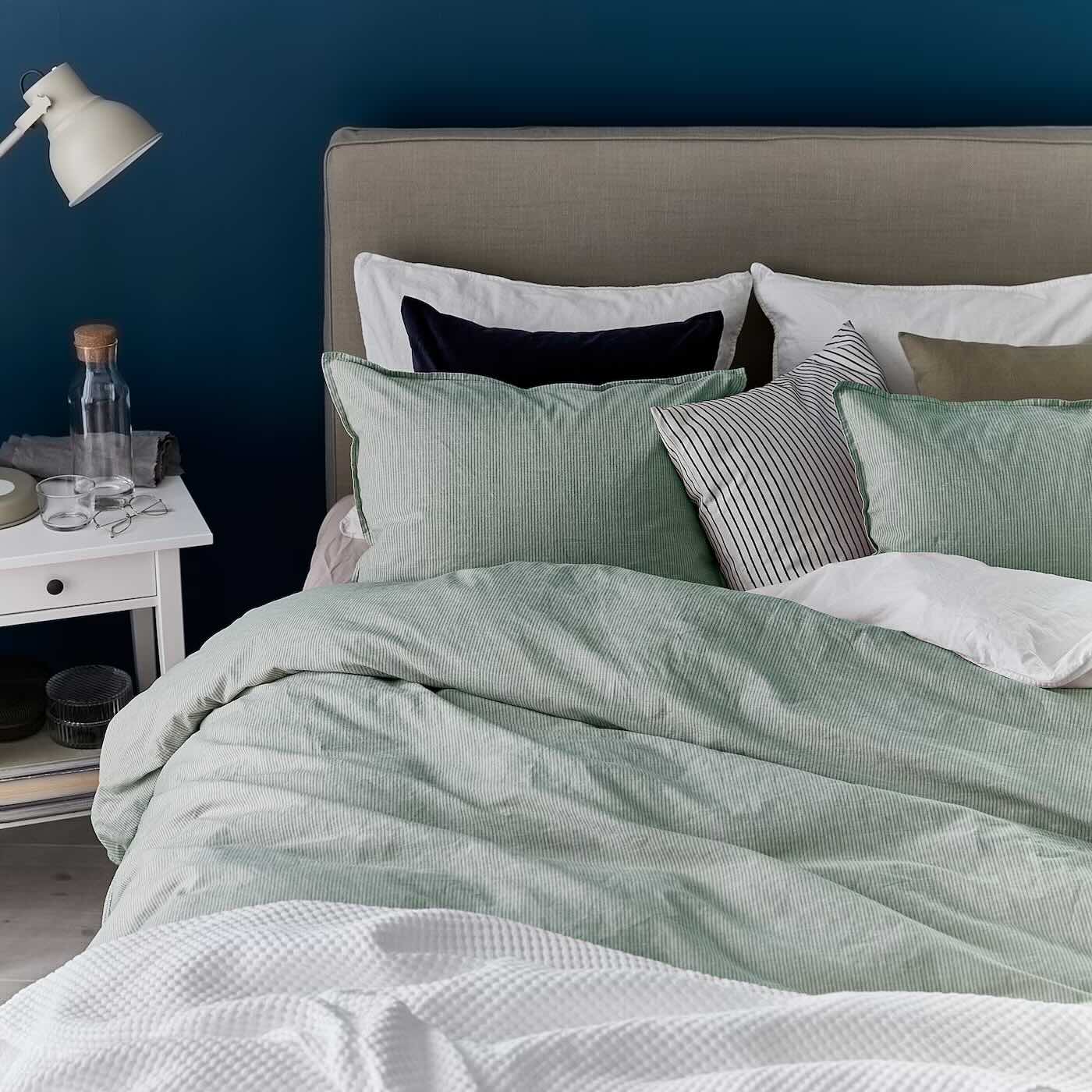
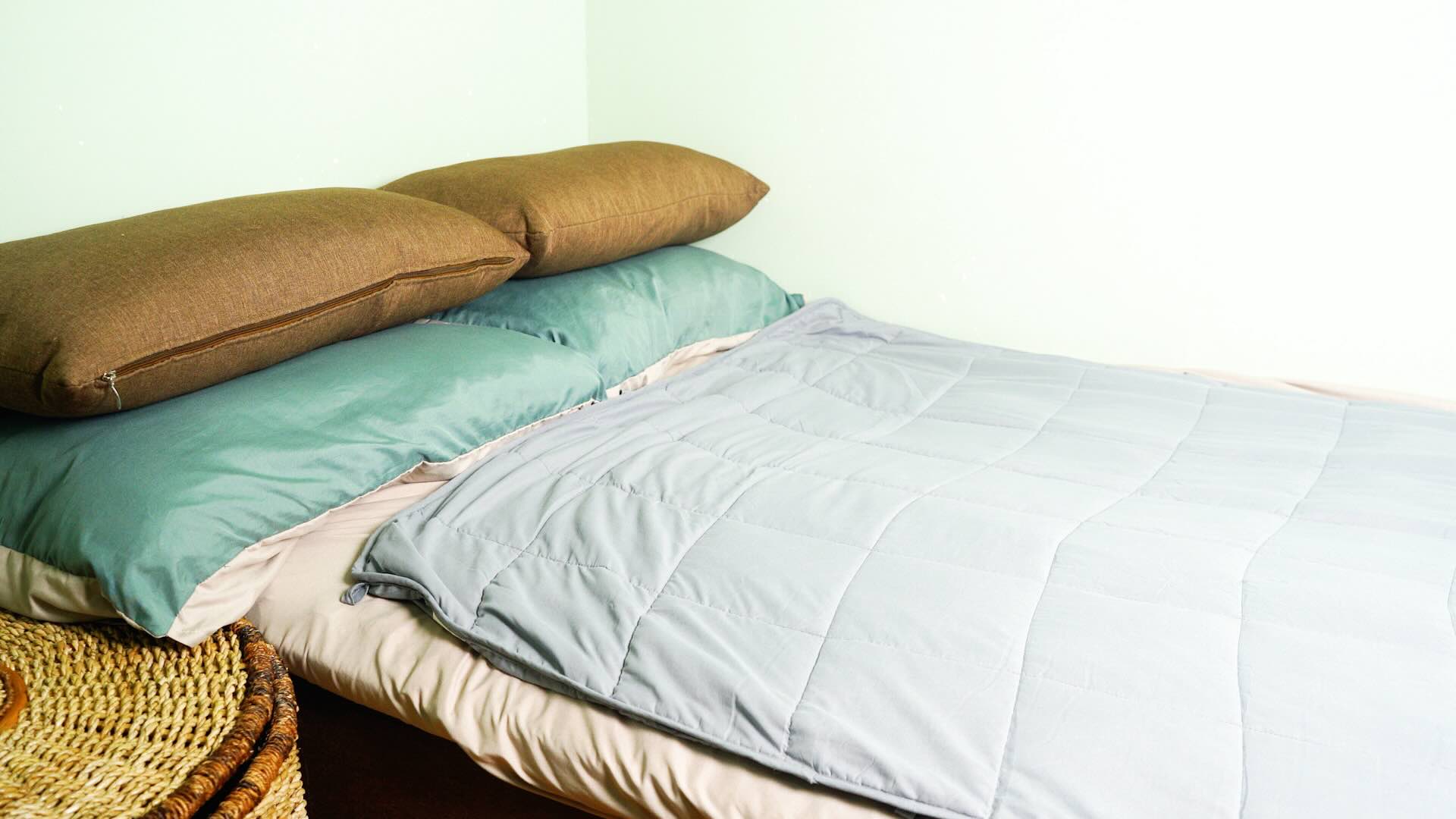

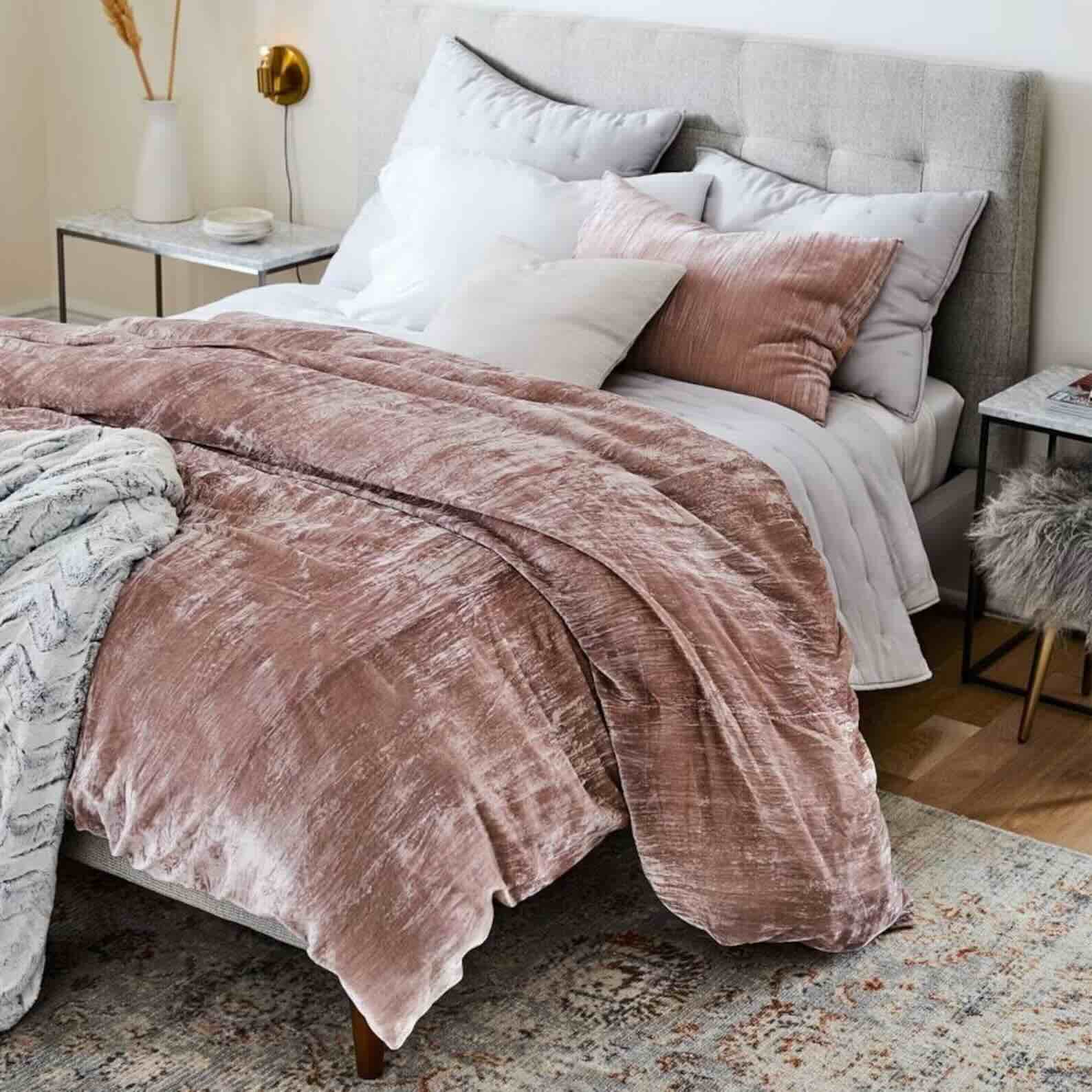
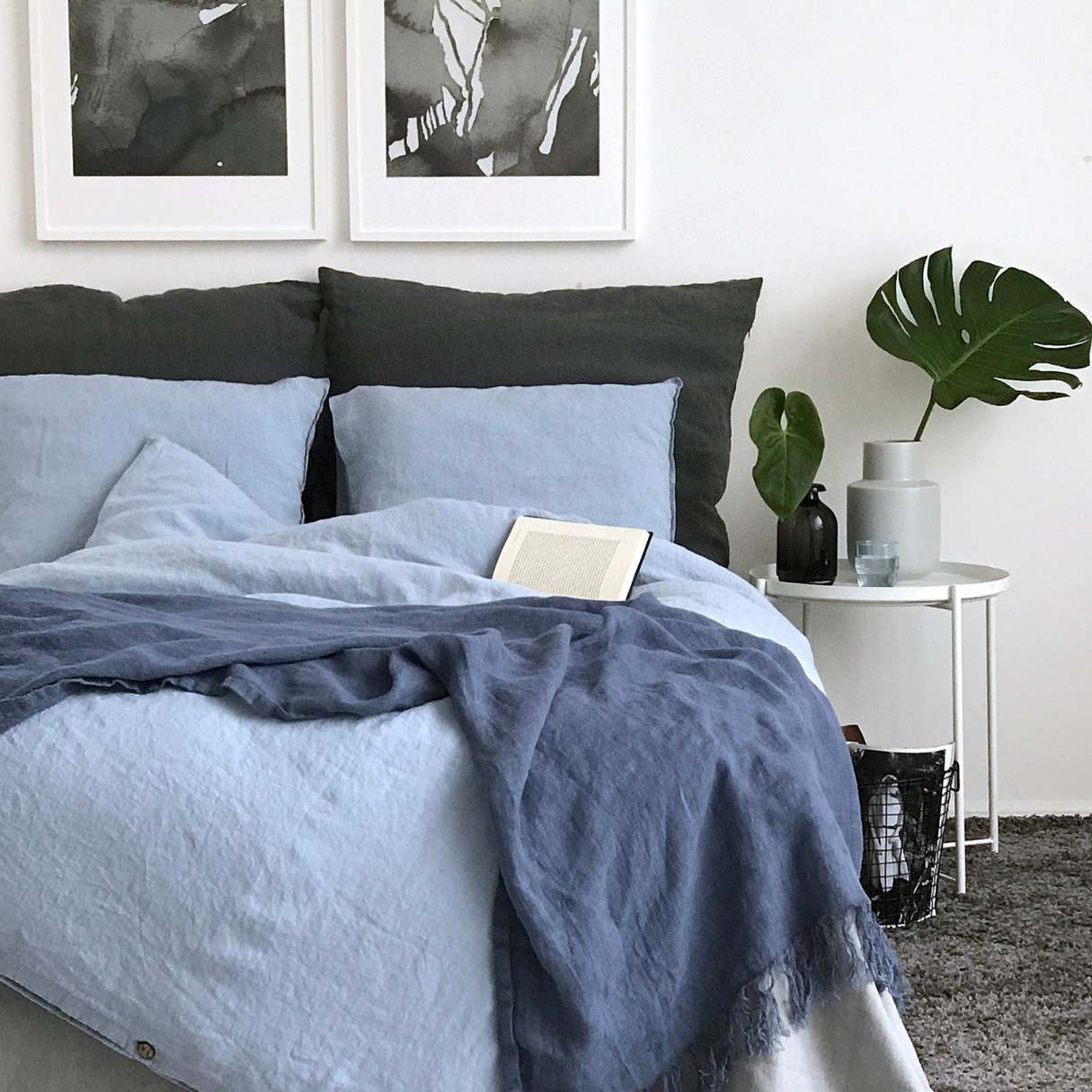
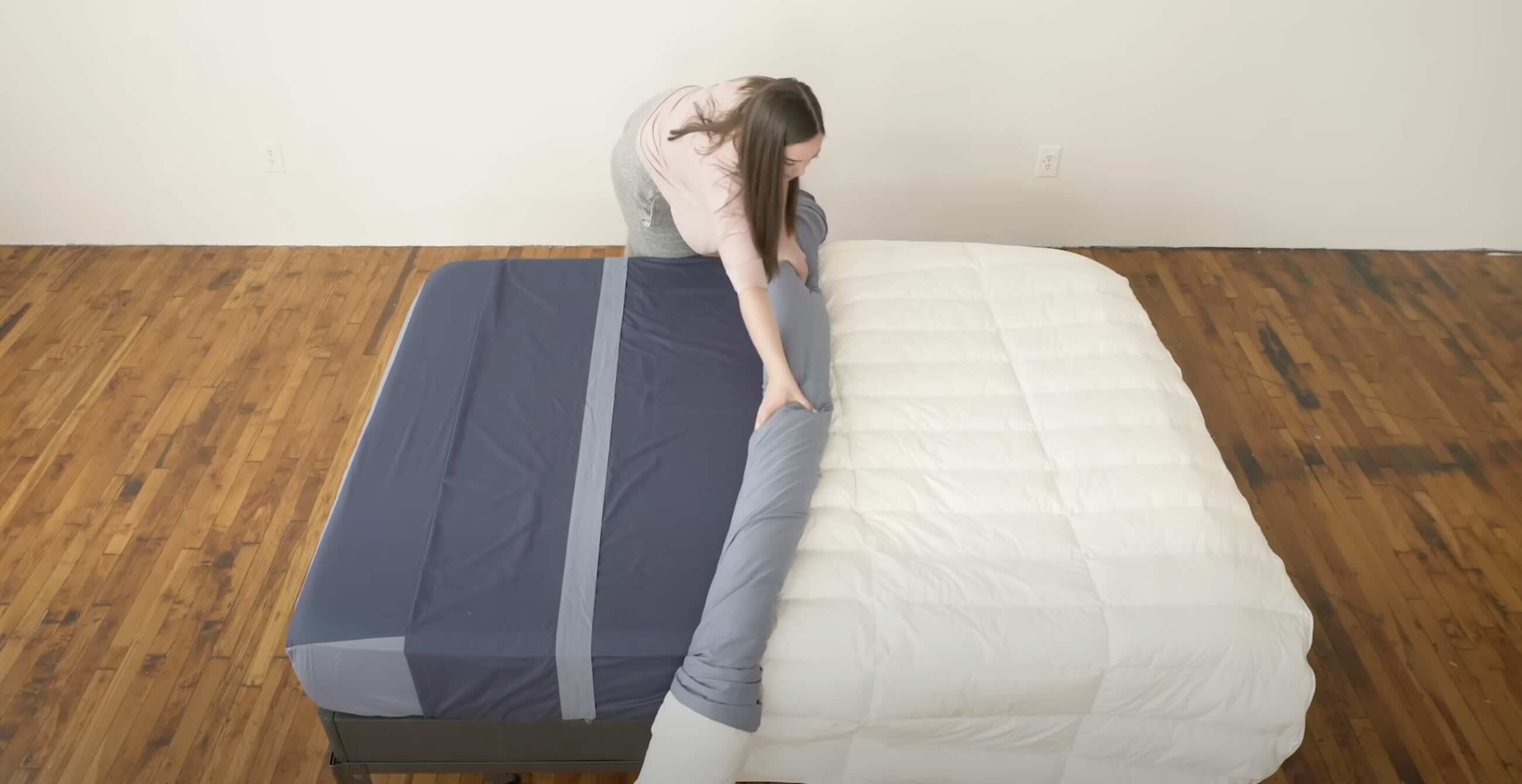
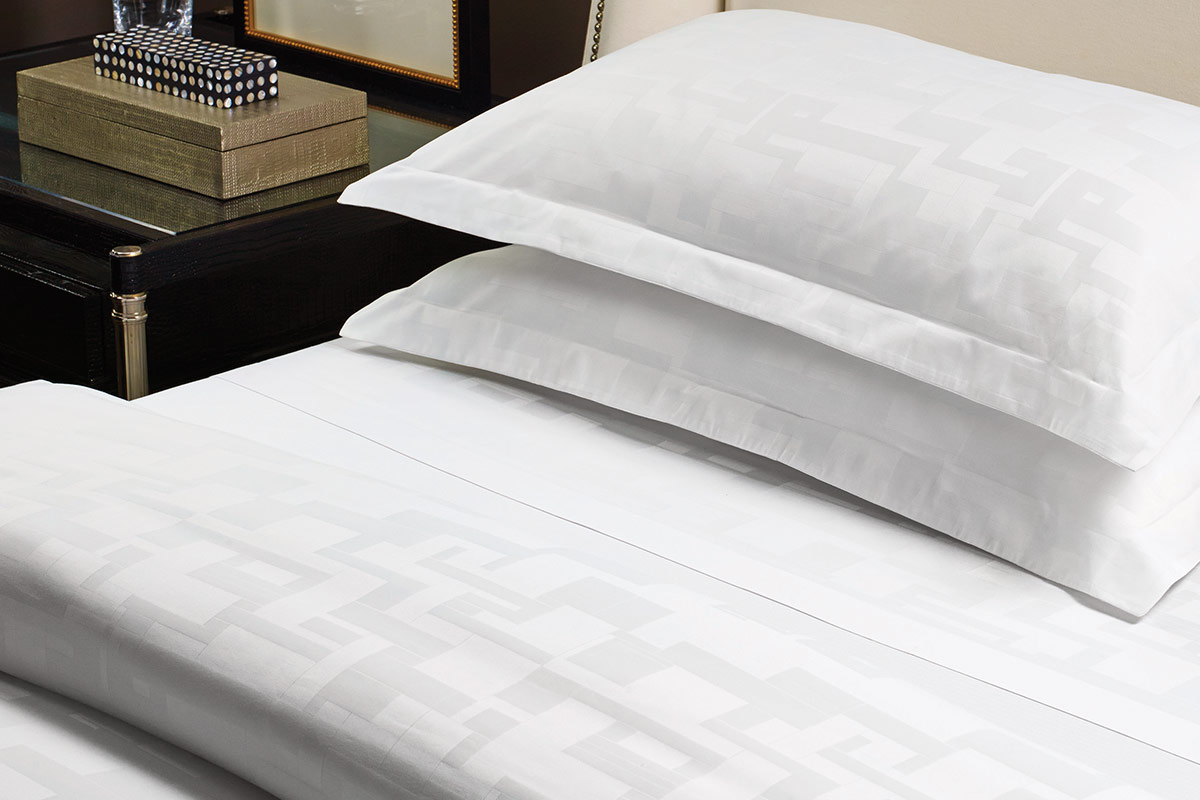
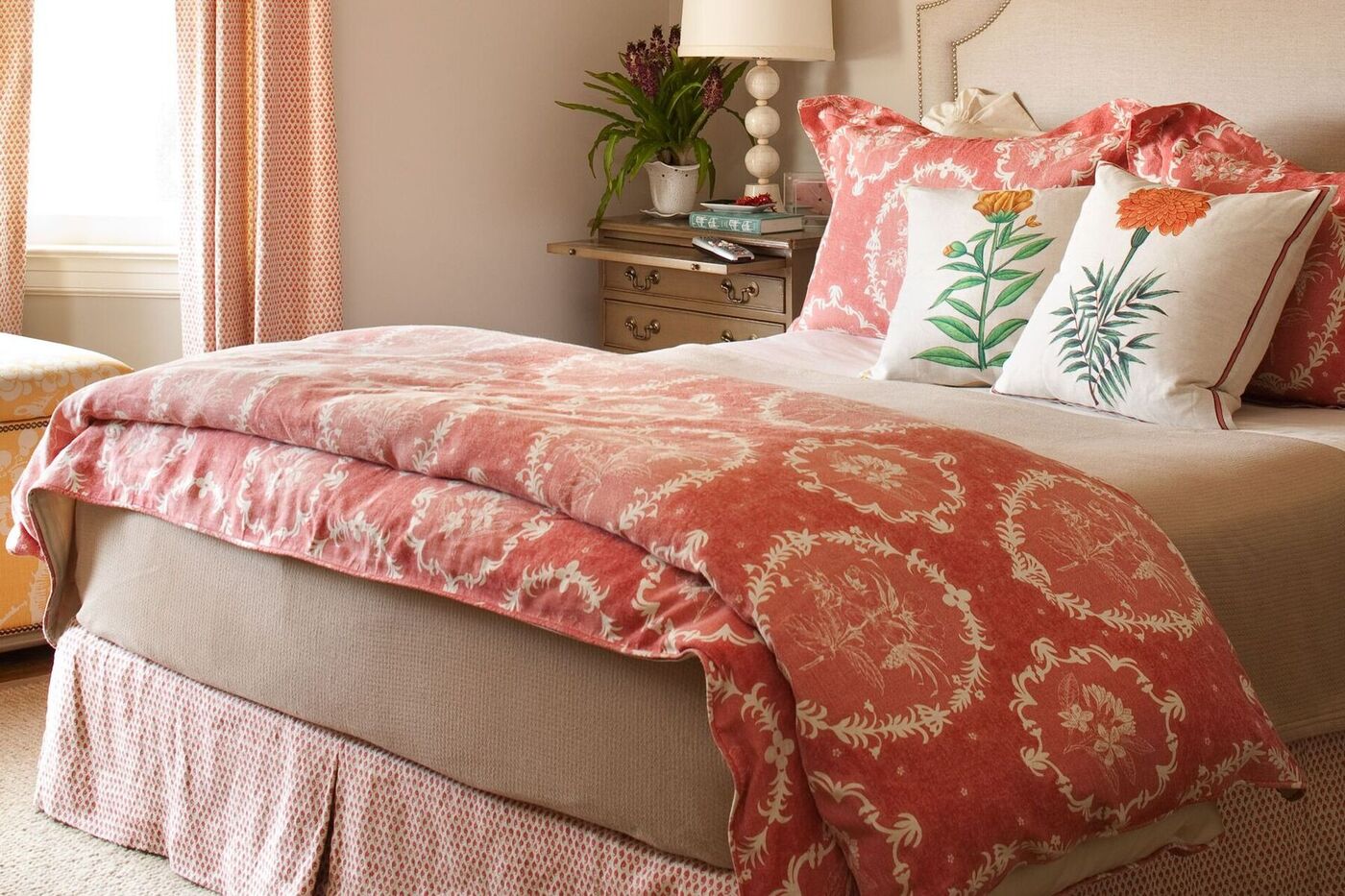

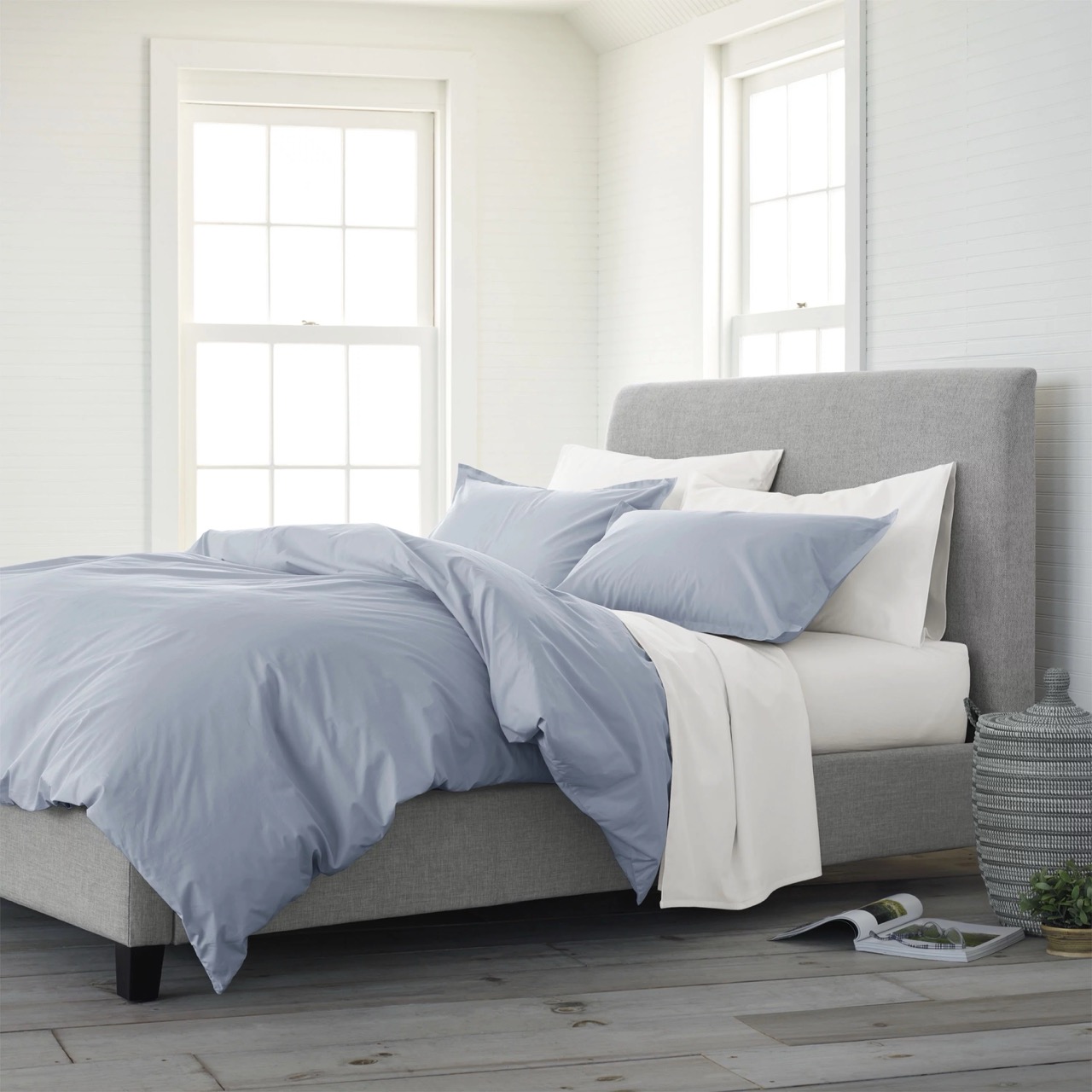
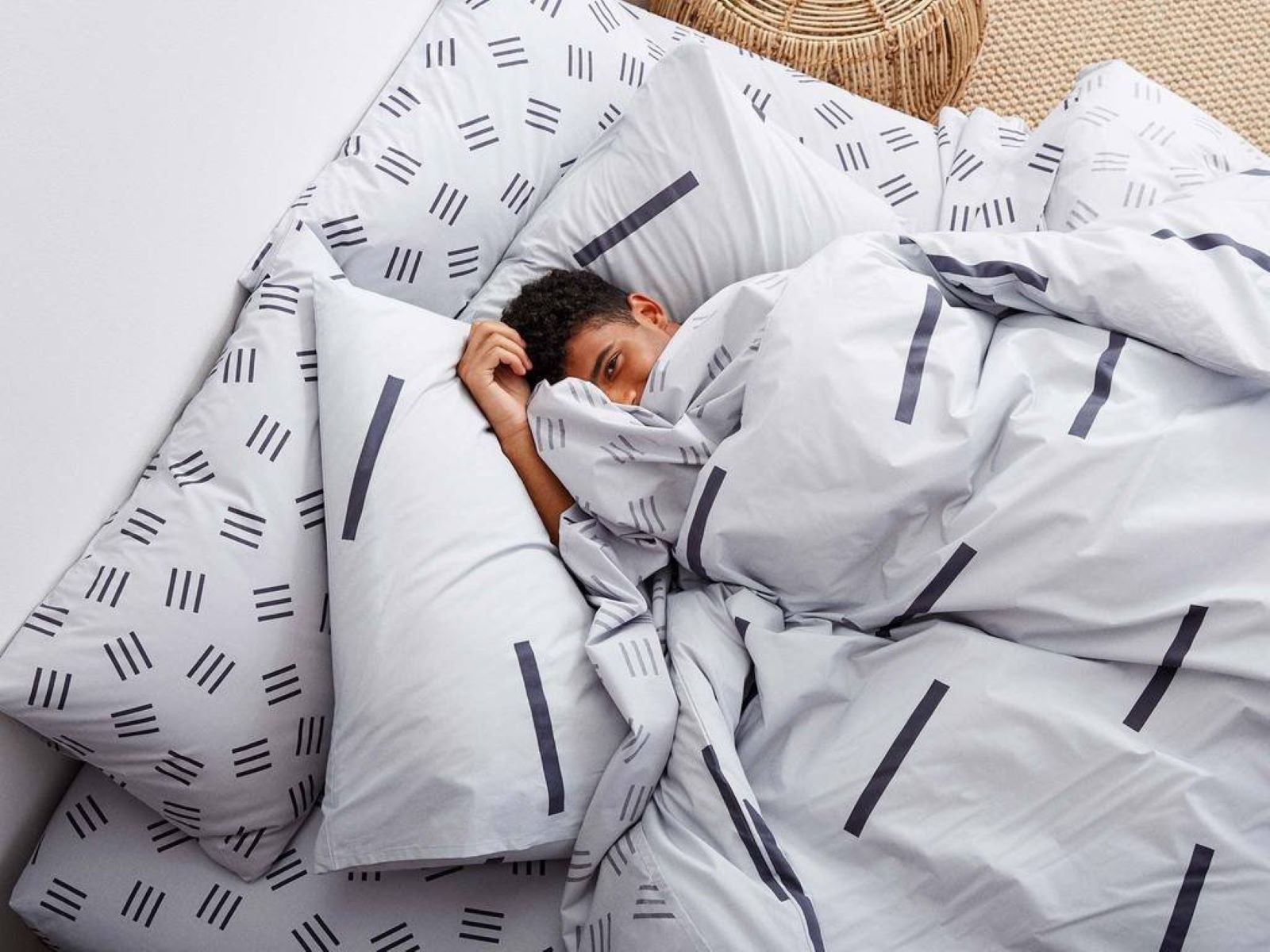
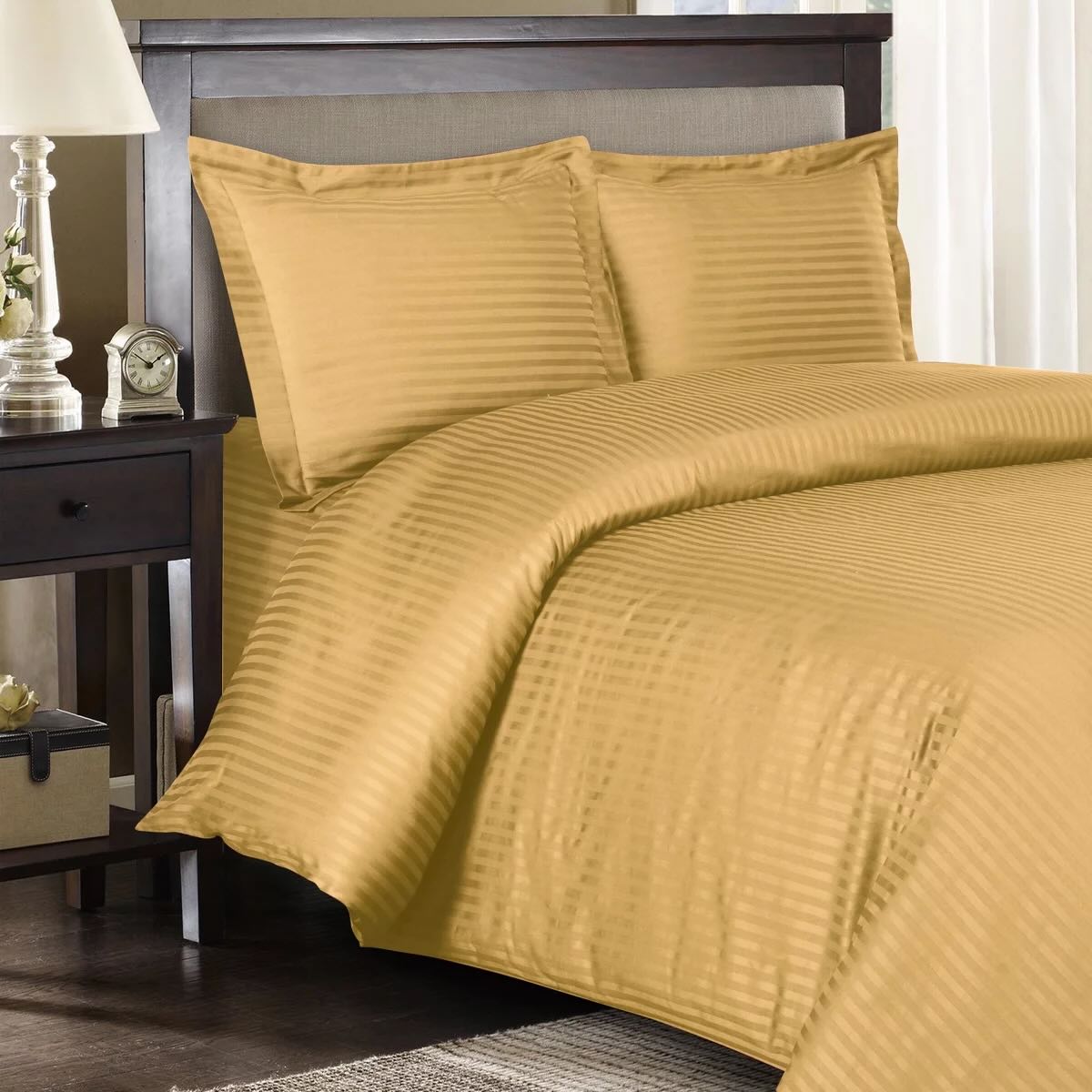


0 thoughts on “What To Put Inside A Duvet Cover”